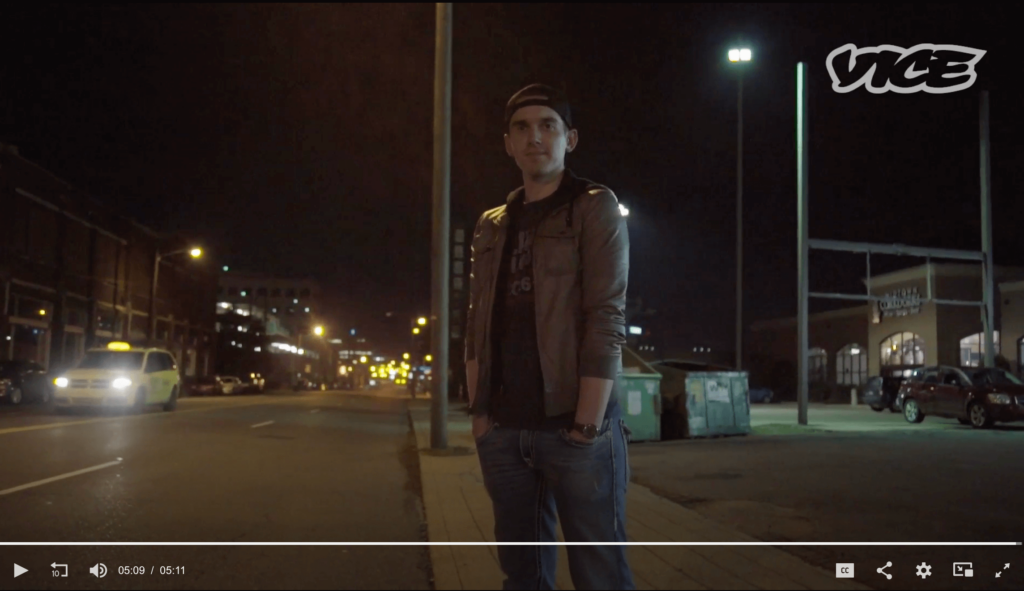Southwest Louisiana AIDS Council Announces Two-Year Results of HIV Programs
[USCA2013 NEWS]
Lake Charles, LA
Results from FACT and TAP were recently presented as part of a session titled “Linkage and Retention in HIV Care: Lessons learned from the Louisiana Positive Charge and Other Health Initiatives,” at the 2013 United States Conference on AIDS (USCA).

The Southwest Louisiana AIDS Council (SLAC) on September 9, 2013, announced two-year results from their HIV intervention programs: Facilitated Access to Coordinated Treatment (FACT) and Treatment Adherence Program (TAP). SLAC provides integrated services in collaboration with the W.O. Moss-Memorial Comprehensive Care Clinic (CCC). Designed to improve linkage, access and retention in care and treatment for newly diagnosed and out of care people living with HIV in rural Lake Charles, Louisiana, these initiatives significantly contributed to reducing unmet needs and filling in gaps in treatment and adherence services in the region, resulting in better health outcomes.
[toggle_box title=”Click here for specific results” width=”400″]
Specific results include:
- 96% of individuals enrolled in FACT and TAP were linked to care over the course of a two-year period.
- The percentage of individuals with an undetectable level of HIV in their blood grew from 37% to 56% in two years, representing a nearly 51% increase, reducing the risk of illness due to HIV among a larger population of individuals living with the disease, as well as the risk of transmission to a partner.
- Average CD4 counts, which indicate the strength of the immune system, increased from 322 to 460 at an average of 18 months post-enrollment. Similarly, there was a decrease in the average levels of HIV in the blood of participants at 18 months post-enrollment (from 148,415 to 25,406 after two years). These figures are statistically significant, and can be attributed to the adherence and follow-up made possible through the program.
[/toggle_box]
“We are encouraged by these findings, which show that our model for linking, engaging and retaining underserved populations with HIV into stable medical care are working,” said Angela Hursey, Health Systems Navigator at SLAC. “Not only are we seeing improved linkage and retention rates, but we’re seeing measurable evidence that linkage to care and treatment adherence leads to better health outcomes, including higher rates of undetectable viral loads among people with HIV. This has important implications for affected individuals of course, and also for the entire Lake Charles community.”

“Linkage, retention and adherence to care and treatment can be particularly challenging in rural areas, where there are fewer options for healthcare services and unique obstacles exist, such as the need to travel long distances to access these services. We felt it was crucial to include SLAC in this evaluation to ensure the rural population was represented in our data in order to show a holistic picture of the HIV/AIDS epidemic in Louisiana,” said Dr. Russell Brewer, Director of the HIV, STD, and Reproductive Health program at LPHI. “Particularly in the Southern United States, where the CDC estimates that 45% of all new AIDS diagnoses occur, it’s encouraging to see measurable outcomes from interventions that are getting people into care and providing the follow-up to help them over the long term.”
To learn more about SLAC, please visit: http://www.slac.org
![[ IMSTILLJOSH ]](https://imstilljosh.com/wp-content/uploads/2020/09/9A79D7E4-5626-422E-ABC0-F601C8891E6A.png)
























Comments
Loading…